‘I was ready to die’: PIA crash survivor relives horror, healing, and hope
In a podcast with Kamran Khan, Zafar Masud recalls the crash that nearly killed him—and the resolve that helped him heal
News Desk
The News Desk provides timely and factual coverage of national and international events, with an emphasis on accuracy and clarity.
Zafar Masud, CEO of Bank of Punjab, sat in seat 1C of Pakistan International Airlines flight PK8303 on May 22, 2020. What began as a routine flight from Lahore to Karachi ended in disaster—one that left nearly 100 people dead and Masud among the few who survived.
In a podcast with Kamran Khan, Masud recounted, in haunting detail, the final moments before the aircraft went down in Karachi’s Model Colony.
“There were two air hostesses in front of me, the seats beside me were empty, and I wasn’t looking outside—I was watching their reaction,” Masud said. “When the pilot first tried to land, the aircraft descended from 9,000 feet instead of 3,000. It missed the runway markings—when that happens, it means you’re landing too far and may overshoot.”
The crew attempted a go-around maneuver, but it was too late. The engines scraped the runway and failed.
“When the plane circled back, there was a jolt. The engines had shut down,” he recalled. “I saw buildings through the windscreen. They were so close, I thought, ‘It’s over.’”
As the aircraft plunged, Masud felt an eerie calm. “In situations like this, people panic. My reaction was—okay, I’m ready. No regrets. But something inside said, ‘No, it’ll be okay.’ I asked, ‘How?’ But the answer came: ‘It will be okay.’ Then I blacked out.”
Only two passengers survived the crash. Masud was pulled from the wreckage by rescue workers.
“When I regained consciousness, five or six people were helping me out. I told them, ‘My back, leg, and arm are broken—lift carefully.’ They reassured me, ‘Don’t worry, we’ve got you,’” he said.
The crash site was narrow—a single-person alley flanked by buildings. Ironically, a usually locked security gate between two structures was open that day, allowing first responders access.
When he reached CMH Hospital, it was during the COVID-19 lockdown. “The emergency was declared. I started asking for a phone. I remembered my father’s number.”
Masud managed to call his father, Anwar Saeed. “I said, ‘It’s Zafar.’ He asked, ‘Where are you?’ He told me later he had a strong feeling I would survive. After our call ended, he thought maybe it was a hallucination. He called again and spoke to a doctor to confirm I was safe.”
But surviving the crash was only the beginning.
Over the following months, Masud grappled with physical recovery and deep psychological trauma. He decided to face it head-on.
“I told myself, the first thing I must do is go back—same airline, same seat,” he said. “I consulted a New York-based trauma psychiatrist who specialized in aviation incidents. We worked together for four months.”
His therapist, initially cautious, agreed to support Masud’s decision.
“I told the PIA managing director that I wanted to fly again. He nearly fell out of his chair,” Masud laughed. “He said, ‘We didn’t even have the courage to ask if you'd ever fly again.’”
Masud informed his mother of the decision. She refused to speak to him for two days out of fear.
His recovery culminated in a symbolic journey: four months after the crash, he boarded a PIA flight to Lahore, sitting once again in seat 1C.
“Before I flew, I went to the crash site and thanked the people who saved me,” he said. “It was the least I could do.”
Masud calls the tragedy a “systemic failure”, pointing to PIA, civil aviation authorities, air traffic control, and poor urban planning.
“People always blame pilots. But there’s more to this. When engines failed, the pilot still tried to reach the airport grounds. Maybe the aircraft hit an illegal building.”
Despite his scars, Masud now carries no fear of flying. “This experience rewired something in me,” he said. “I’m no longer afraid.”


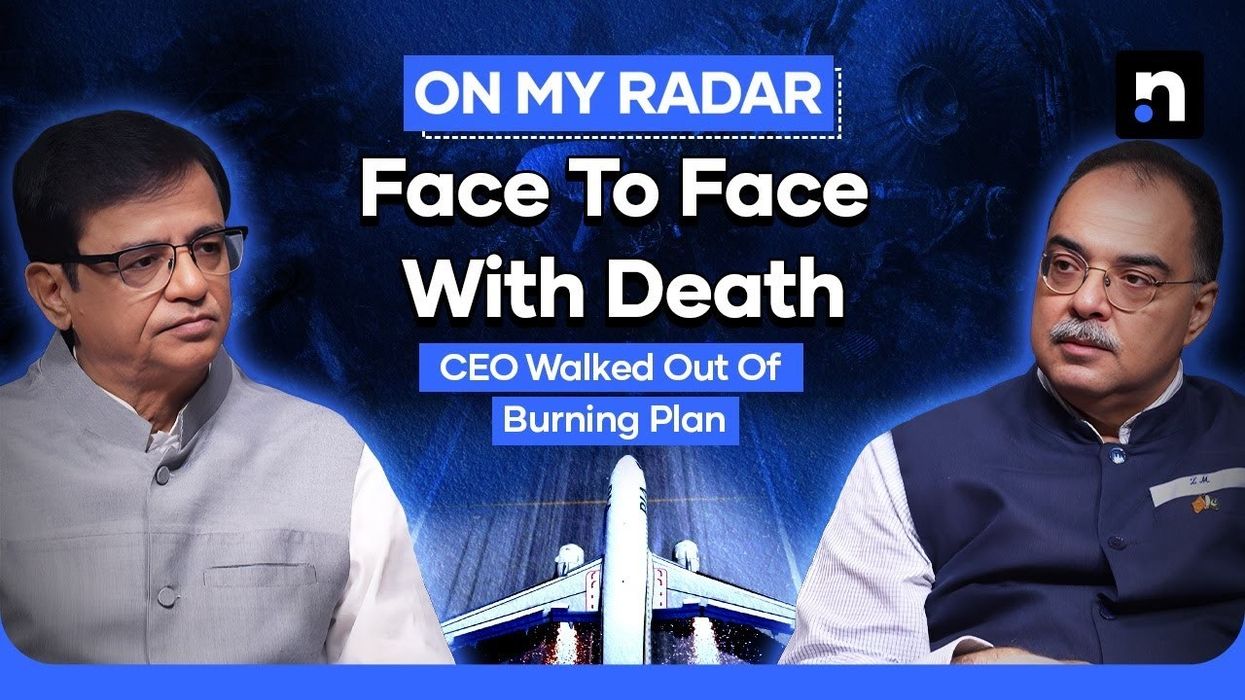
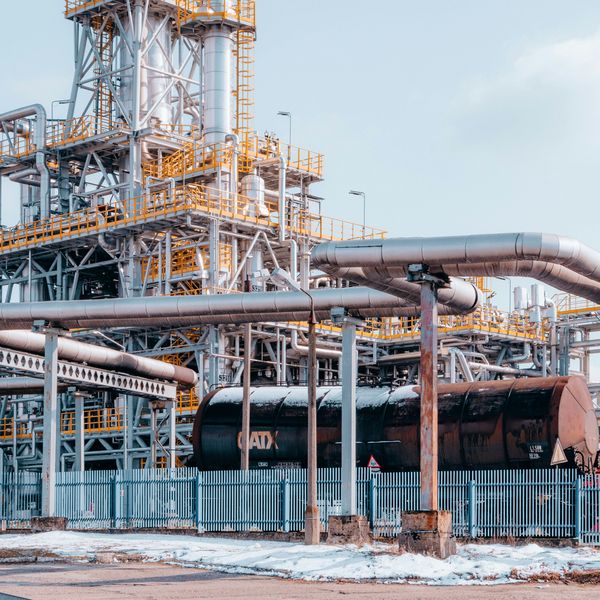
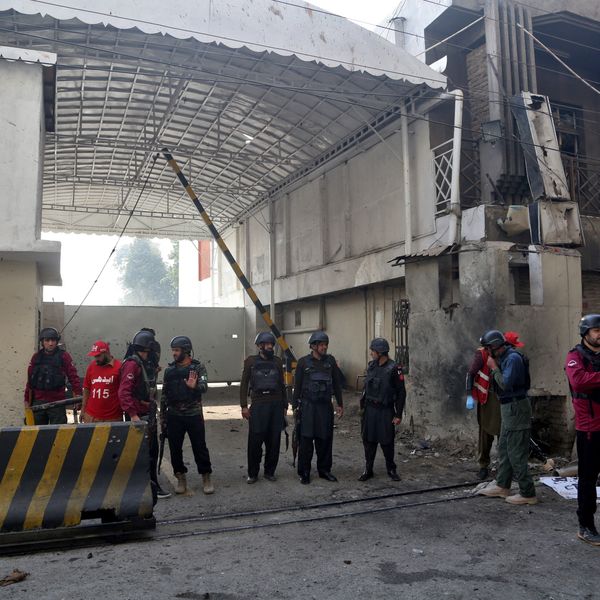


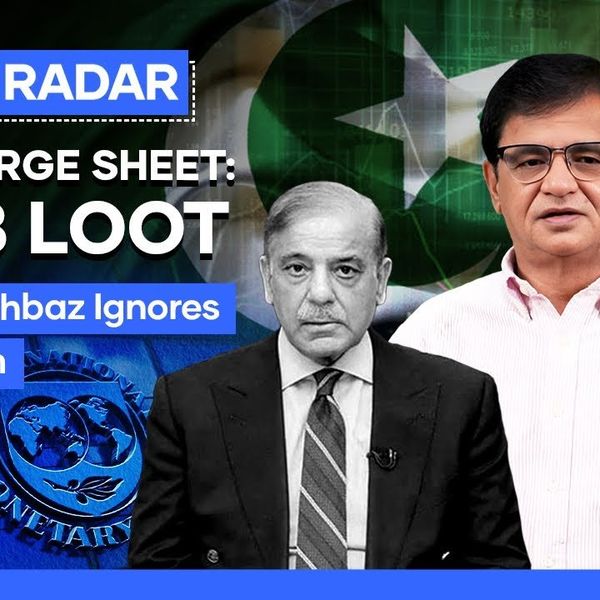

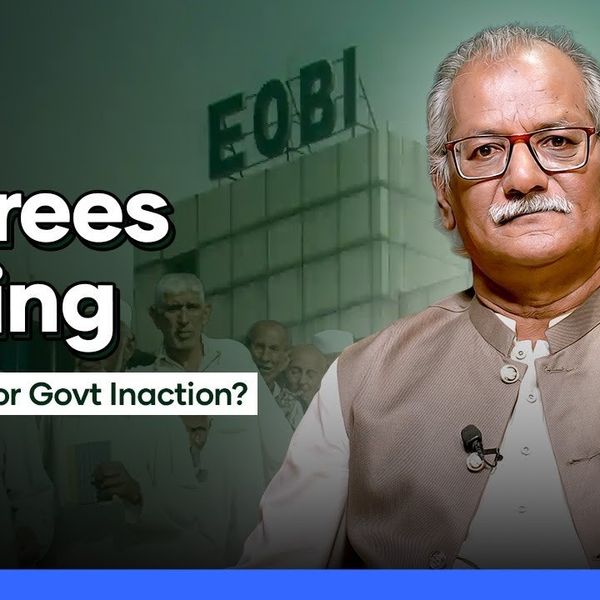

Comments
See what people are discussing